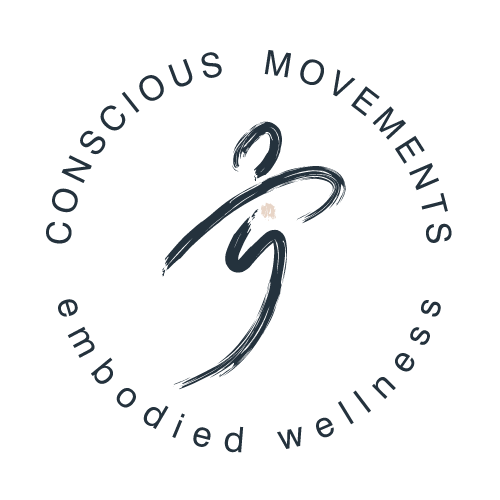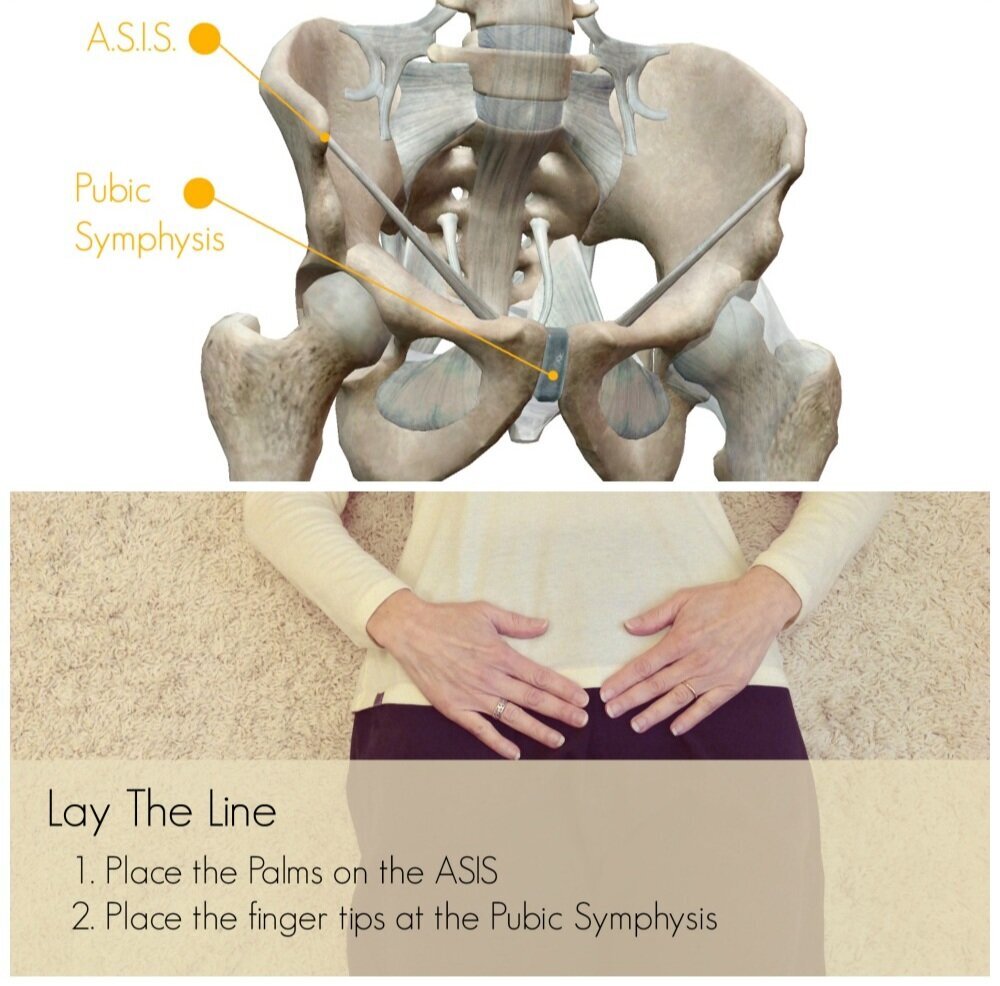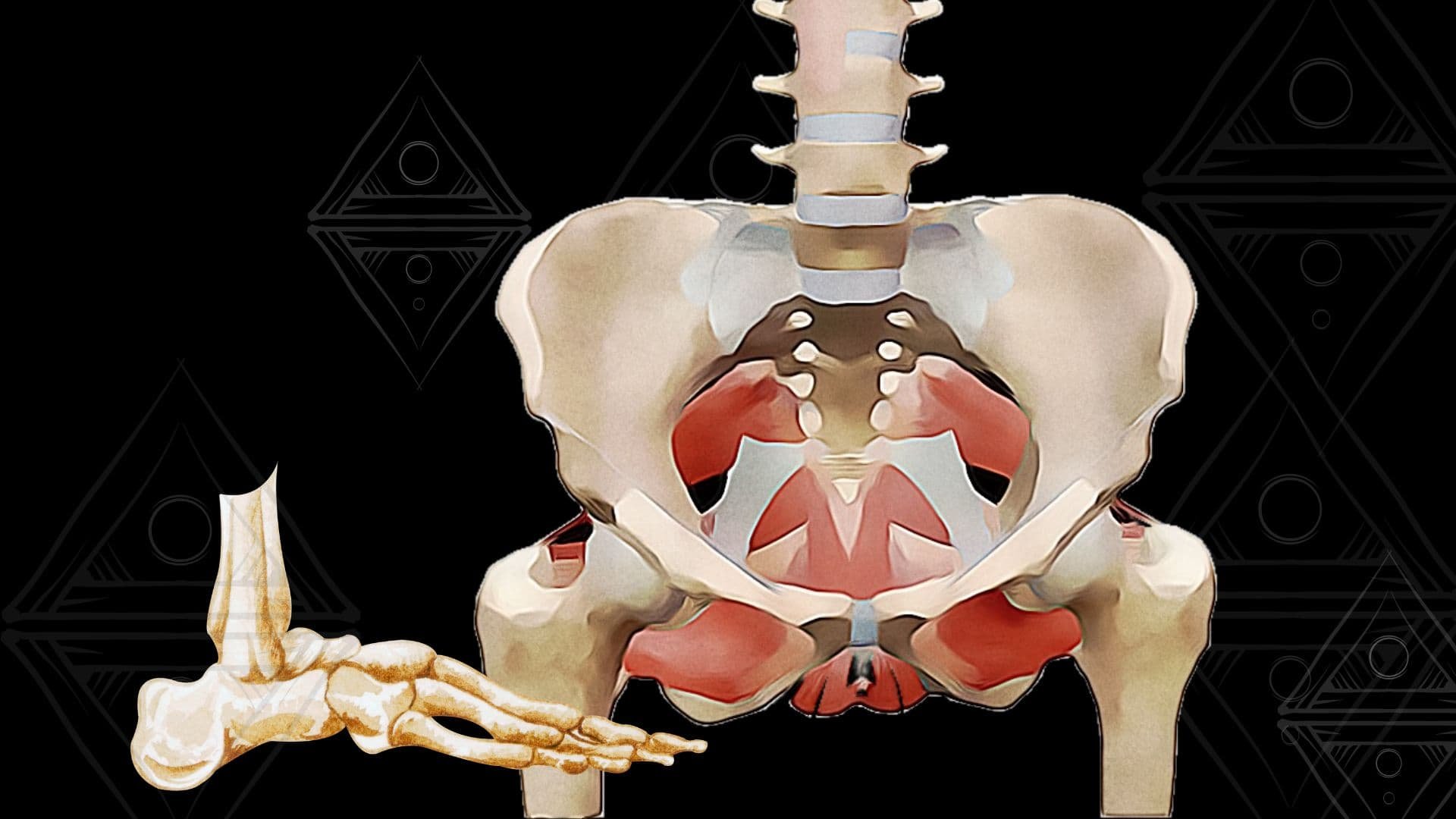Do You Have Hip Joint Confusion?
As we mature, the movements of the hip joint can be elusive and yet feel very intimate—as if the movement is coming from a place deep inside of us.
Hip Joints! Hip Joints! Roly-Poly Hip Joints!
So what’s with all the hoopla about the hip joints?
hoop·la \ˈhü- plä\
: talk or writing that is designed to get people excited about and interested in something
I’ve been a little obsessed and bewildered by how many people really don’t know where their hip joints are. Now I get it. The hip joints don’t take up a ton of real estate in the ol’ sensory-motor cortex. They don’t require fine-motor skills or other subtle interactions with the world. Heck, they don’t even fully form until years after we are born.
But hear me when I say, what you think of yourself will impact how you move! So let’s take a closer look at these ball and socket wonders and see if we can clarify things a bit.
Musings on Figure & Form
The hip joints are the second-largest weight-bearing joints in ye ol’ body. Anatomically, the hip joint is formed by the ball on the upper end of the thighbone (femur) rolling in the socket of the pelvis known as the acetabulum (as″ĕ-tab´u-lum).
Now perhaps it is because the hip joint is so large. Maybe it's because of the need for incredible stability and mobility. Then again, it might be the combination of the two that cause the availability of movement to take more than a year to unfurl and many years beyond that for the shape itself to fully take form. Our personal hip history (a.k.a. development) is a complex process that involves genetic unfolding, an intimate interaction with gravity and our environment, and our unique movement experience.
How freaking cool is that?! Think about it. Our early experiences help to lay the structural foundation for the rest of our lives—the way that we literally take form is directly impacted by our movements!
As we mature, the movements of the hip joint can be elusive and yet feel very intimate—as if the movement is coming from a place deep inside of us. If you have read my post on Movement & Emotions, then you know that our emotions can be closely intertwined with our anatomy. One thing I discuss in that post is this idea that emotional patterns can be both global (i.e. similar across a population), but also individual and rooted in our experience. So it makes sense that this joint, this functional juncture that seeks a sense of stability within mobility, may still be in the process of developing when we experience emotional intensities or trauma.
We’ll muse more on the hip joints and emotions at a later time …but for now, let that seedling of an idea sprout. Just think back on everything you experienced before you were 12-14 years old (the average age of Triradiate cartilage closure).
Two Common Misconception
So how to find this elusive space inside?
First, you begin where you are. Most people have at least one misconception about where they’re hip joints are actually located. So let’s begin with a little skeletal anatomy and some common misconceptions as to where those glorious joints reside.
Click Image To Enlarge
One: Greater Trochanter
I would say that this is by far the place and space that people identify as their hip joint. The greater trochanter is actually part of your femur (upper leg bone), but it’s not the part of the femur that makes of up the ball and socket of the hip joint. It is a large & strong process that is located toward the top of the femur, facing outward. You have probably experienced this bony protrusion when lying on your side on a hard surface.
You can find the greater trochanter in standing by placing your thumb on the side of the iliac crest and reaching down the side of the thigh with the middle finger. When you internally and externally rotate the leg, you should feel the greater trochanter move beneath the middle finger.
NOTE: This hip joint misconception is likely due to the fact that you can feel it move when you internally or externally rotate your leg.
Two: Iliac Crest
The iliac crest is the thick curved upper border of the ilium, the most prominent bones of the pelvis. The ilium bones are highlighted in blue in the image. You can see that you have both a left and right ilium. You can feel the iliac crest by pushing your hands on your sides at your waist, feeling for the top of the hip bone.
NOTE: Over the years I have had dozens of people share with me that they thought that this was where their hip joints were located.
Many people, and maybe you are one of them, were instructed in their youthful gym classes to put their hands on their hips. Often the teachers (not all) demonstrated by putting their hands on the top of the hip at the iliac crest.
For many of those that learned this in their youth, they carried it over into adulthood. The iliac crest became self-identified as the hips. So with this as their self-image, whenever they think about moving from the hip joints— this area acts as their reference point as to where to move from and what to attend to.
Now grab your britches! Because I am about to tell you that the top of the iliac crest coincides with the L4 spinous process or the L3-L4 or L4-5 interspaces (1). The ‘L’ stands for the Lumbar portion of the spine and you can even catch a glimpse of that in some of the photos here. The point is, that bending from this area isn’t bending from your hips at all! But it is a whole lot of spinal action. So tell me, what does that do for your self-image now?
Click Image To Enlarge
“YOU CAN’T DO WHAT YOU WANT UNTIL YOU KNOW WHAT YOU ARE DOING.”
Finding Your Hip Joints
With a little anatomy under your belt, finding the general location of your hip joint is actually quite easy. However, embodying that anatomy can take a bit of time. Here is the how on locating those holy hip centers.
Click On Image To Enlarge
Step One: Find Your A.S.I.S.
The Anterior Superior Iliac Spine (A.S.I.S.) is a bony protuberance in the front of the pelvis.
How To Find The A.S.I.S.
1. Locate the iliac crest by pushing your hands on your sides at your waist.
2. Follow the curve of the bone down and to the front.
3. When you reach the prominent points in the front, you’re there.
Step Two: Lay The Line
Once you locate the ASIS, let the base of the palms of your hands rest there as your fingertips rest on the Pubic Symphysis. The outer edges of the pinky fingers will rest on or be near the crease of the hip.
This is a nice way to lay the line. You can trace to about halfway between the ASIS and the Pubic Symphysis, in the hip crease (pinky side). Directly back from that half-way point is your hip joint.
Try to bring your attention here several times throughout the day and while exploring various movements. You can even bring your fingers here as a reminder of where to bring your attention, awareness, and where to explore sensations of movement.
What’s Your Experience?
Did you know where your hip joints are? How do you think this impacts the way that you move?
RELATED POSTS:








